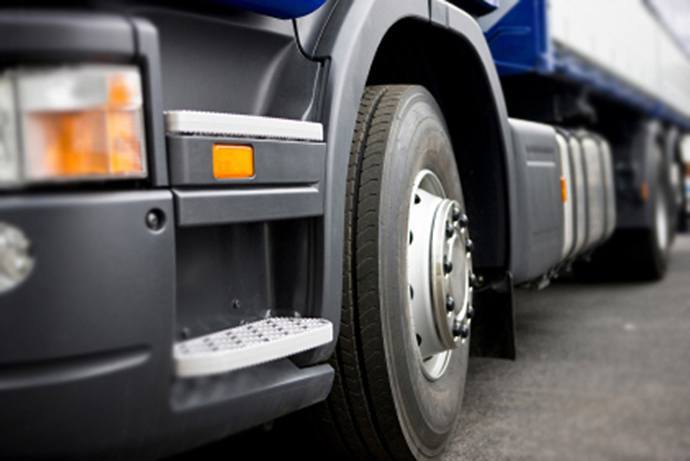
Improved fuel efficiency could reduce HGV emissions by up to 32% according to a study undertaken by T&E.
Using its European Union Transport Roadmap Model (EUTRM) tool, T&E has calculated the emissions reduction potential of fuel efficiency technologies for lorries. The environmental lobbying organisation analysed off-the-shelf strategies such as improving fuel efficiency in diesel lorries or moving more freight into railways. In addition, it also assessed investigated the possibility of fully decarbonising the road freight sector using catenary-hybrid, battery electric, hydrogen and power-to-liquid technologies.

The business-as-usual-scenario (solid line) assumes that without targeted policy measures the vehicle efficiency of long haul delivery trucks would only gradually improve by 10% in the 2010-2030 period, given that truck fuel efficiency of the average fleet has stagnated in the last 20 years. Smaller trucks would only improve by 6%. On the other hand, in the scenario where fuel efficiency is untapped (dashed line), we estimated a 40% fuel efficiency improvement. Many of these technologies are state-of-the-art technologies, with a short payback period of 2-3 years. For smaller trucks, the potential was estimated at 25% improvement by 2030 compared to 2010, with technologies on the market being combined with others soon to reach market maturity. For buses a 25% improvement is assumed over the same time frame.
The European Commission is planning to introduce Europe’s first CO2 standard for some lorry categories in 2018. However, in order to meet the goals of the Paris agreement, transport needs to reach zero emissions by 2050, including land freight.
T&E has conducted an in-house study to spark debate at EU level on the measures necessary to reach this challenging goal. From the graph above, it is clear that, beyond the implementation of fuel efficiency standards for heavy-duty vehicles, the EU needs a long-term decarbonisation strategy for land freight if it is to take the Paris agreement seriously.
ETA cycle insurance
For over 26 years the ETA has been working hard to encourage healthy and sustainable ways to travel. It’s the reason we developed ETA cycle insurance. In contrast with other providers, we offer a sympathetic policy on storage. As long as a shed door is locked, the bicycles stored within do not require any further security. In addition, the policy covers stolen quick-release components and for added peace of mind, claims are handled in-house. Furthermore, bikes are never devalued, no matter their age. Hardly surprising that The Good Shopping Guide voted us Britain’s most ethical insurance company three years in a row.
0 Comments View now